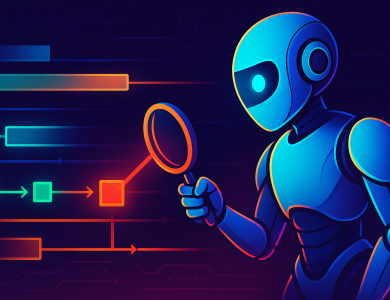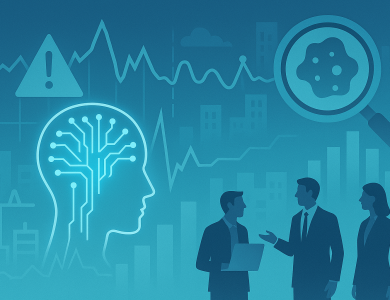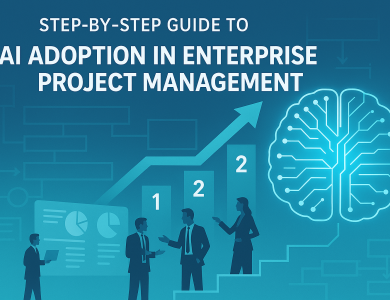Measuring the Impact of AI Adoption on Project Outcomes

You’re not alone. Many organizations grapple with assessing the real impact of AI adoption on their project outcomes.
Let’s dive into how you can effectively measure this impact and ensure your AI initiatives are driving success.
Understanding AI Adoption in Project Management
Artificial Intelligence (AI) has revolutionized the way we approach project management.
From automating routine tasks to providing deep insights through data analysis,
AI tools are becoming indispensable. But how do you quantify their effectiveness? It’s crucial to establish clear metrics that align with your project’s goals.
Key Metrics for Measuring AI Impact
When evaluating the impact of AI on project outcomes, consider the following metrics:
- Efficiency Improvements: Measure the reduction in time and resources spent on tasks automated by AI.
- Accuracy and Quality: Assess improvements in the precision of outputs and the overall quality of deliverables.
- Cost Savings: Calculate the financial savings achieved through AI-driven optimizations.
- Employee Productivity: Evaluate how AI tools enhance or free up your team’s capacity to focus on higher-value tasks.
- Customer Satisfaction: Track changes in customer feedback and satisfaction levels as a result of AI implementations.
Real-Life Example: AI in Action
Consider a mid-sized marketing agency that adopted AI-driven analytics tools to enhance their campaign strategies.
By integrating AI, they were able to process vast amounts of data swiftly, leading to more targeted and effective campaigns. As a result, the agency saw a 30% increase in client engagement and a 20% boost in revenue within six months. This transformation not only improved their project outcomes but also elevated their market standing.
Implementing AI Measurement Strategies
To accurately measure AI’s impact, follow these steps:
- Define Clear Objectives: Establish what you aim to achieve with AI adoption, whether it’s improving efficiency, enhancing quality, or reducing costs.
- Choose Relevant Metrics: Select metrics that directly reflect your objectives and can be quantitatively measured.
- Collect Baseline Data: Gather data on current performance levels before AI implementation to serve as a comparison point.
- Monitor and Analyze: Continuously track the chosen metrics and analyze the data to identify trends and areas for improvement.
- Adjust and Optimize: Use the insights gained to tweak your AI strategies, ensuring they remain aligned with your project goals.
Overcoming Challenges in Measuring AI Impact
Measuring the impact of AI can present several challenges, such as data privacy concerns, integrating AI tools with existing systems, and ensuring that team members are adequately trained. To navigate these hurdles:
- Ensure Data Security: Implement robust security measures to protect sensitive information when using AI tools.
- Seamless Integration: Choose AI solutions that easily integrate with your current project management systems to avoid workflow disruptions.
- Continuous Training: Invest in training programs to help your team effectively utilize AI tools and interpret their outputs.
The Role of ProjectNext.ai in AI Adoption
At ProjectNext.ai, we understand the complexities of integrating AI into project workflows. Our platform offers comprehensive tools that not only streamline AI adoption but also provide robust analytics to measure its impact on your project outcomes. By leveraging our expertise, you can ensure that your AI initiatives drive meaningful and measurable success.
FAQs
1. What are the primary benefits of AI adoption in project management?
AI enhances efficiency, improves accuracy, reduces costs, boosts employee productivity, and increases customer satisfaction by providing deeper insights and automating routine tasks.
2. How long does it take to see measurable impacts from AI adoption?
The timeline varies based on the complexity of the AI tools and the specific project goals. However, many organizations start seeing significant improvements within a few months of implementation.
3. Can AI completely replace human roles in project management?
While AI can automate many tasks, it is designed to augment human capabilities, allowing teams to focus on strategic and creative aspects that require human intuition and decision-making.
4. What challenges should I expect when measuring AI impact?
Common challenges include data privacy issues, integrating AI tools with existing systems, and ensuring team members are properly trained to use and interpret AI outputs.



